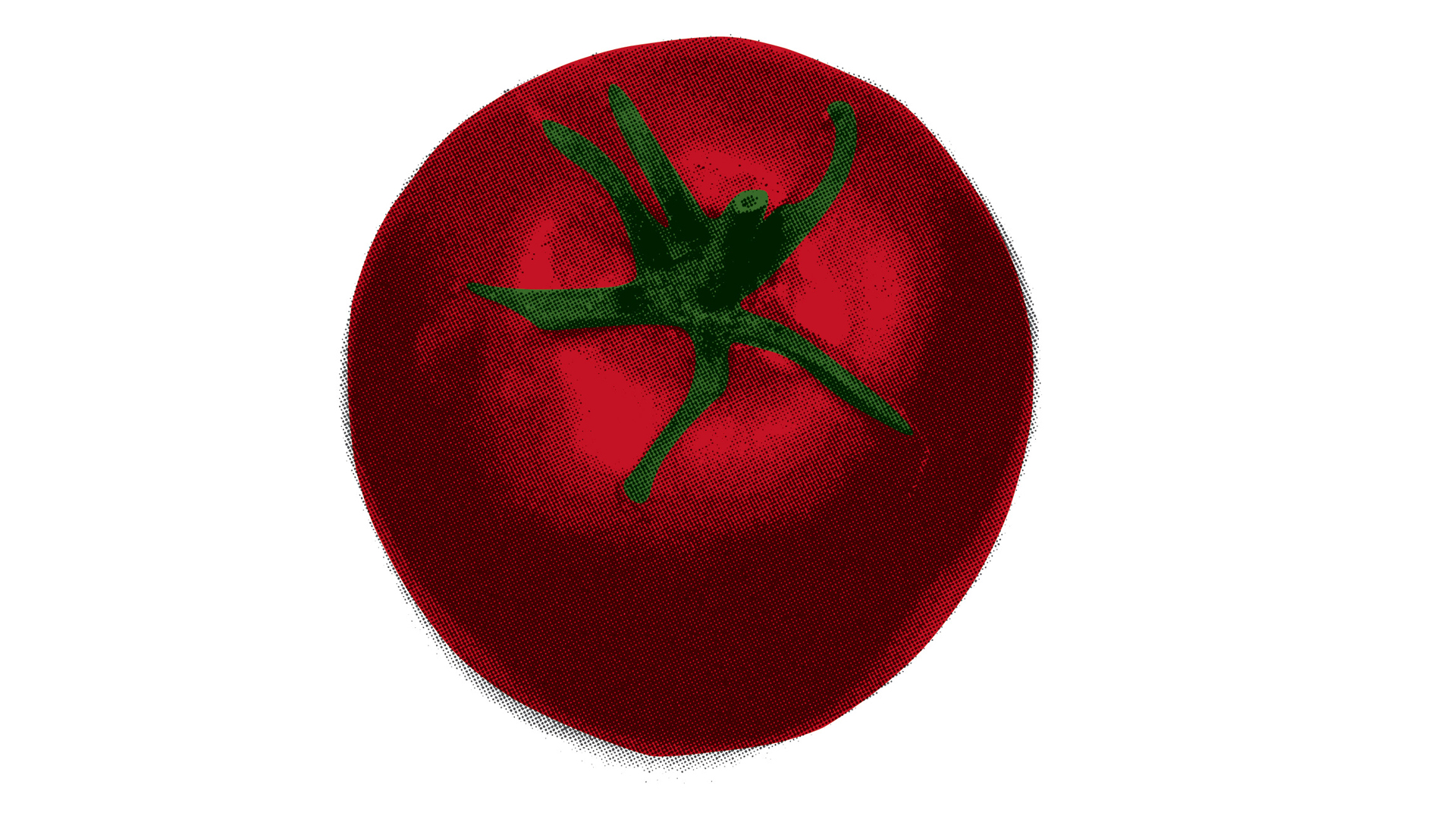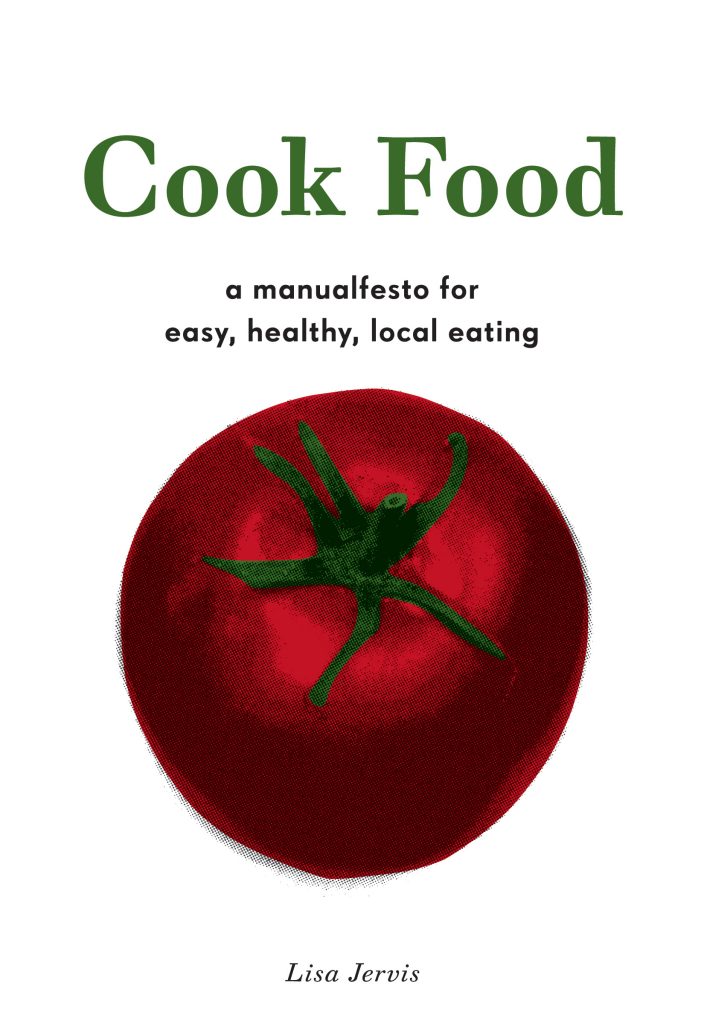The founder of Bitch magazine brings her feminist sensibility to a new cookbook
By Rachel Swan
East Bay Express
In 1996 Lisa Jervis became an It Girl in the publishing world, after she and Andi Zeisler co-founded the hip quarterly magazine Bitch: A Feminist Response to Pop Culture. Jervis, who graduated from Oberlin College in 1994 with degrees in English and creative writing, had a fresh, imaginative style that outstripped her more doctrinaire peers. She and Zeisler were omnivorous consumers of media: They could provide knowledgeable critiques of reality TV, pop music, and fashion trends because they loved most of the stuff they talked about. Moreover, they were feminine feminists who liked to knit, bake, and read Jane Austen novels in their spare time. They made it seem okay to champion women’s empowerment without going to Andrea Dworkin-ish extremes. (No surprise that Bitch received a steady stream of fan mail from straight guys who’d picked up their girlfriends’ magazines — I know because I interned at the magazine in 2003.) Even after resigning from her post in 2006, Jervis remained somewhat iconic, known for writing incisively (and wittily) about sex, politics, single girlhood and media representations of women. (She used to publish a blog called “Delightfully Cranky.”) But for her first single-author book — recently released on PM Press — Jervis took a surprising turn: She published a cooking manual.
Or, to put it more accurately, Jervis published a “manualfesto.” Her new book, Cook Food: A Manualfesto for Easy, Healthy, Local Eating, helps direct the journeyman cook toward what she calls “light footprint eating” (i.e., food that wastes as few resources as possible). Inspired, in part, by journalists of the Michael Pollan and Raj Patel strain, Jervis opens with a chatty essay about the industrialized food system and what it means to eat “healthy” (in a nutshell: eliminate processed food from your grocery list). All of her recipes are vegan (but for a couple of cheese suggestions). Jervis includes two meticulous chapters on proper kitchen assembly, with lists of appliances to purchase and spices to stock. A self-confessed kitchenware fetishist, she divides her equipment up by importance: Knives are worth making the trip to a specialty store, she says; a rice cooker is expensive “but seriously worth it”; microwave ovens are cumbersome and ultimately pretty useless.
Cook Food is a lean book, containing twenty recipes and a lot of asides. Jervis writes about cooking the same way she writes about sex: Her tone is conversational and disarming; she pals around with her reader and uses an evocative, second-person form of address. (“If any of these items are unfamiliar or confusing to you, a Google image search should clarify things better than any description I could give,” she wrote in a chapter called “What You Need in Your Cabinets and on Your Pot Rack.”) Petite, freckled, and tattooed, she’s a born advice columnist, capable of licking any hack chef into shape. She dispenses instructions on organizing your cabinets and spice rack, sautéing onions, stemming greens, and the importance of salting early. She’s the officious friend who walks into your kitchen, takes stock of your seasonings, and shakes her head when she peeps in your refrigerator, then takes it upon herself to overhaul your whole setup. Occasionally, she’ll apologize for micromanaging and tell you to go ahead and do it your way — that is, if you want to.
Definitely a foodie, if not a chef de haute cuisine, Jervis represents the next wave of self-made chef personalities. (Michael Pollan called them “the children of Julia” in a recent Fresh Air interview). She’s coming out at an interesting juncture for cooking in pop culture. Currently, the Food Network is dominated by fast-paced, bossy, good-looking women who teach you how to cut corners and entertain on-the-cheap — people like Rachel Ray, Giada de Laurentiis, and Sandra Lee. Then there are the throwbacks — drawly Southerners such as Paula Deen and the Neelys — who try to resurrect the spirit of “down-home cooking” in their slick TV kitchens. (The network-TV polish in these shows makes all that soulfulness seem a little, well, contrived.) There’s also a whole genre of testosterone-driven cooking shows, starting with Iron Chef and continuing with a whole line of spin-offs that treat cooking as a test of will, contact sport, or adventure-survival story (e.g., Dinner: Impossible; Glutton for Punishment; Ace of Cakes; Have Fork, Will Travel; Extreme Cuisine). The aggression of these programs caused a seismic change in the culture of cooking and made some chefs nostalgic for the old days when Julia Child would putter around her set, concocting recipes and sometimes making a mess. (Hence the popularity of Julie Powell’s blog, “Julie and Julia,” which Jervis loves.)
Finally — especially in the Bay Area — there’s a whole movement to politicize cooking, either by de-industrializing the ingredients or by turning it into a form of identity politics. Slow-food cookbooks, raw-food cookbooks, and vegan cookbooks are all the rage. Bryant Terry’s Vegan Soul Kitchen — which reimagines African-American cuisine using all vegan ingredients — was an extremely well-timed success. Into this realm steps Jervis, whose book is both a feminist tract and a return to femininity in the kitchen — that old-school image of the commanding nurturer who knew how to combine flavors but could also tell you how to organize things. The “manualfesto” subtitle seems apropos.
Jervis grew up in New York City with a mother who cooked and a father who cleaned the kitchen. She started cooking by her mother’s side and kept it up as a hobby for 25 years, she says, despite having a high-pressure job in the magazine business. Jervis got on the health-food kick after meeting Debbie Rasmussen, who succeeded her as publisher of Bitch. Rasmussen is a strict vegan who preaches about the importance of whole foods. “I never really thought that much about how much my food was processed,” said Jervis. “I mean, I’d already started to cut out hydrogenated oils — that was obviously really artificial and bad. But I had never really thought about white flour being less nutritionally robust than wheat flour.” Jervis latched onto the idea of sourcing animal products and avoiding packaged foods. She now buys most raw ingredients at farmers’ markets or Berkeley Bowl. She’s a self-professed food-science geek.
Like many of her mainstream counterparts, Jervis is a cook for the high-powered working adult with a tight budget and short time window. “I don’t want to spend all day in the kitchen very often,” said the author, explaining why she purposely avoided dumplings, empanadas, and other rococo dishes that take more than 45 minutes to prepare (in Cook Food she sticks to salads, sauces, tofu dishes, a few baked goods, and recipes with beans). In some ways, she’s not actually that far from the Rachel Ray type — someone who favors pragmatism over a refined palate. What distinguishes Jervis from the pack is the female-empowerment slant to her book, if you define “empowerment” as taking charge of your food choices and thinking about “how your body functions, rather than how it looks.”
She said that one interviewer asked how she could reconcile being a feminist and having a book that encourages women to get back in the kitchen. To Jervis, the question seemed facile. “I think that gender role has been pretty roundly destroyed, thank God,” she said. Not to mention that if some guy picked up her book and tried out the recipes, “that’s a totally feminist thing.”







